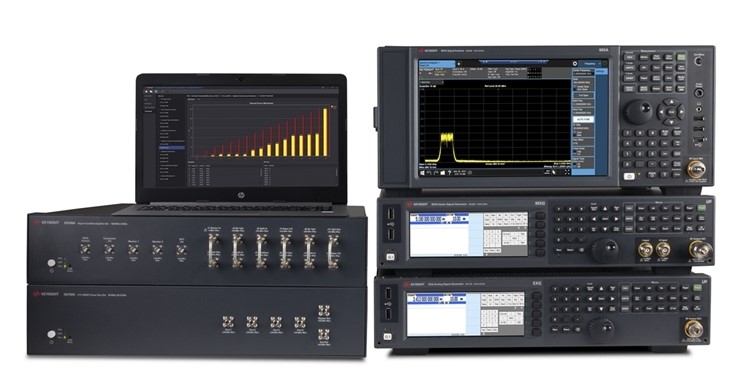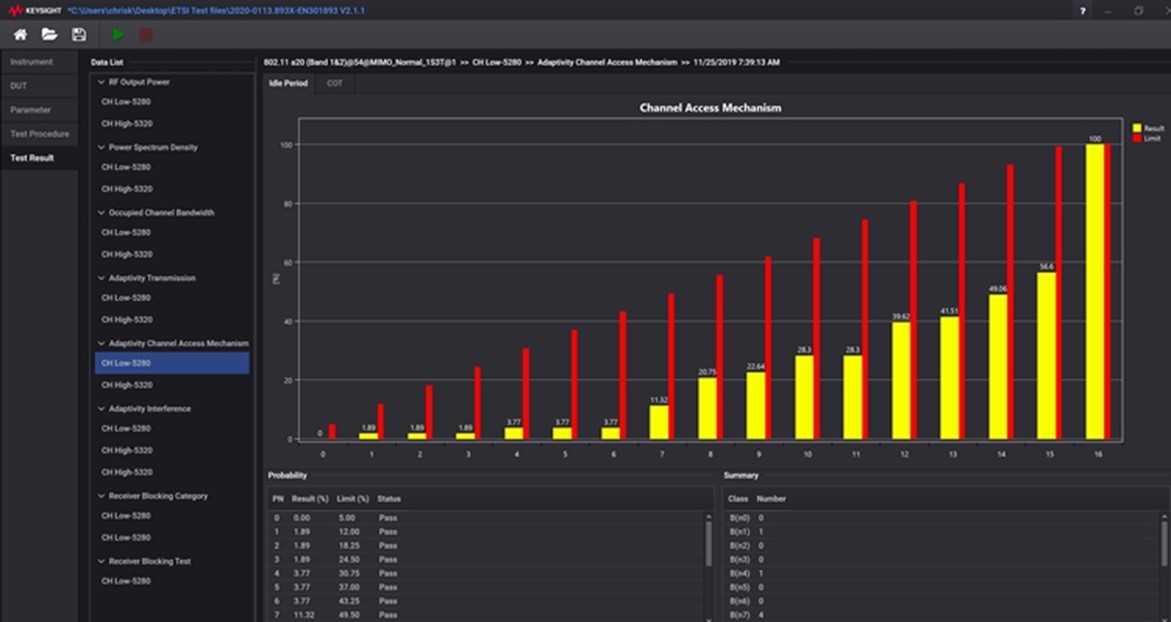Brought to you by Keysight Technologies
By Janet Ooi, IoT industry solutions manager, Keysight Technologies
What is Wi-Fi 6E?
Wi-Fi 6E offers everything you’ll want in a Wi-Fi device and more: higher capacity, faster speed, and lower latency. It will change your wireless connectivity experience significantly.
Built on the existing Wi-Fi 6 (802.11ax) standard, Wi-Fi 6E has the same cutting-edge features, but it expands into the 6GHz wireless band.
The unlicensed spectrum expansion to 6GHz addresses Wi-Fi spectrum shortages with additional contiguous channel bandwidth. An additional 1200MHz of spectrum means Wi-Fi 6E can take advantage of the available bandwidth to cater to the growing number of connected devices in the network.
Wi-Fi 6E devices do not have to compete with traffic from other devices or networks, which means less interference and network congestion. Wi-Fi 6E will enable new, emerging, and demanding mission-critical applications that require higher throughput to operate at an optimum level.
According to Omdia, worldwide shipments of Wi-Fi 6E devices will increase from 19 million units in 2021 to 914 million units in 2025, with a compound annual growth rate of 163 per cent.
Although Wi-Fi 6E implementation might not start until late 2021, regulators worldwide are working on regulatory compliance standards for the 6GHz spectrum for Wi-Fi.
The Wi-Fi 6E challenge
The Wi-Fi 6E spectrum is not vacant. It has incumbent users, including satellite and terrestrial microwave links. Like the radar services lower in the 5GHz band, these incumbent services need protection from interference.
Regulatory compliance bodies like European Telecommunications Standards Institute (ETSI) and the US Federal Communications Commission (FCC) have announced the new test requirements for wireless devices that operate in the new band.
The FCC defines seven device classes for indoor and outdoor installation, but not all test requirements are available yet. Indoor devices have a new requirement for channel sharing.
The requirement mandates the use of Contention-Based Protocol (CBP), a “listen before talk” protocol like the ETSI channel access engine. It allows users to use the same radio channel without pre-coordination.
The FCC defines the CBP test procedure. Just like the adaptivity test, it simulates incumbent device signals, but in this case only with 10-MHz-wide additive white Gaussian noise signal. In terms of energy, this resembles other signals with which the device must not interfere.
The new Wi-Fi 6E device may occupy wider spectrum than the 10MHz simulated signal, so the test must include all cases where device transmission overlaps the spectrum used by the incumbent signal. ‘
This process will require multiple tests with different frequency configurations. In each case, the signal must be detectable with at least 90 per cent probability where the interferer has a signal strength of -62 dBm or greater. When we put the test requirements together, many test repetitions will likely be necessary to complete the regulation requirements.
Other interesting Wi-Fi 6E test requirements
Although the CBP may be the most time-consuming test, there are more common test requirements for frequency stability, power control, bandwidth, unwanted emissions, and others for new Wi-Fi 6E equipment. Most of these will be familiar to test engineers, with a few exceptions.
Since incumbent users include satellite and terrestrial services, the Wi-Fi 6E equipment must not radiate signals at elevations above 30 degrees from the horizon. This radiated test will vary depending upon whether the antennas have fixed radiation patterns or are steerable.
Wi-Fi 6E also has different power limits for different classes of equipment. Therefore, a device that can connect to both low-power and full-power access points must be able to adjust its power level to match the limitations imposed by the type of access point to which it attaches.
The all-new IOT0047A regulatory test solution

Figure 1. The Keysight IOT0047A regulatory test solution
The Keysight IOT0047A regulatory test solution and IoT regulatory compliance software validate the regulatory compliance of wireless devices in the unlicensed industrial, scientific, and medical bands across a range of major standards.
You can configure and reconfigure this scalable and flexible test solution to perform some or all of the tests the regulatory bodies require.
Independent test labs or in-house pre-compliance test labs can set up test stations that cover all standards or break them down into several smaller test stations dedicated to just a few tests.

Figure 2. Test results from adaptivity test (channel access mechanism)
As wireless standards continue to evolve, software updates can keep the test system compliant with new test requirements.
The solution’s dedicated test software covers the latest test cases of ETSI (EN 300 328, EN 301 893, and EN 303 687 [Draft]), FCC (Part 15.247 and Part 15.407), and dynamic frequency selection (DFS).
For more information on how Keysight’s solutions can help you address the regulatory compliance challenges, visit the Keysight website.








